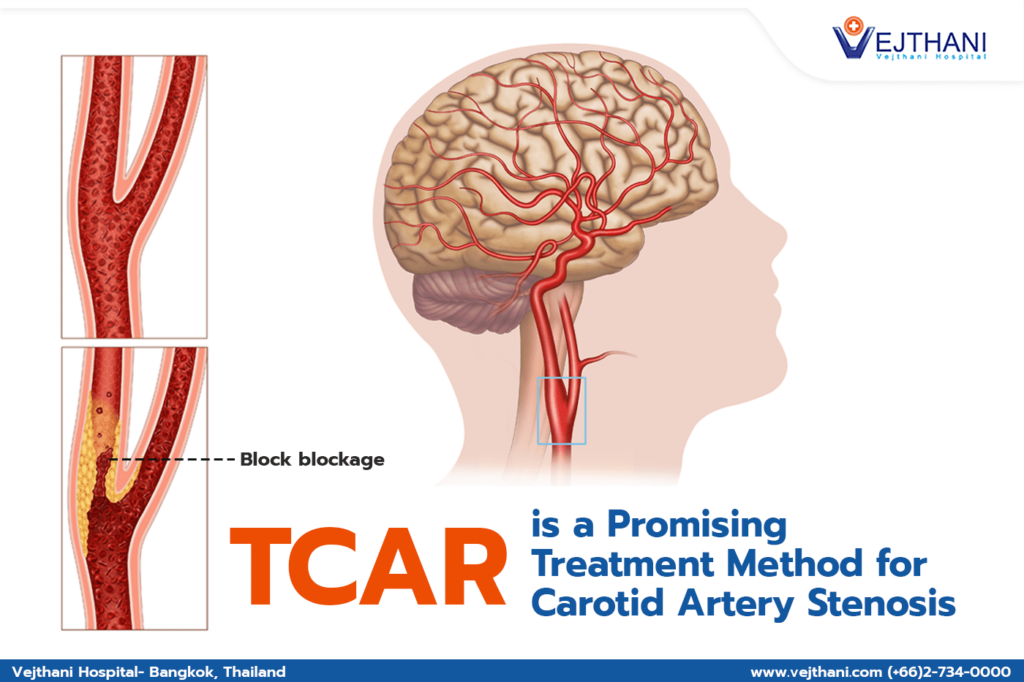

Transcarotid Artery Revascularization (TCAR) is an established medical procedure that offers a minimally invasive solution to treat carotid artery disease and reduce the risk of strokes in the future. TCAR has a distinctive approach of using advanced technology to temporarily reverse blood flow during the procedure. This reversal effectively redirects any potentially broken plaque particles away from the brain. The blood flow reversal reduces the likelihood of stroke because surgical balloons and stents are used to reopen the constricted artery. Despite the temporary diversion of blood, sufficient circulation to the brain is supplied through the other blood vessels. This is how TCAR is preferred over carotid endarterectomy in certain cases.
TCAR is done by vascular surgeons, technicians, and a vascular anesthesiologist. The surgeon will evaluate the patient and determine if moderate sedation, local anesthetic, or general anesthesia is most suitable. The surgery is done through a small incision near the collarbone to create access to the carotid artery. Then a tube is inserted directly into the artery, which is connected to a transcarotid neuro-protection system (NPS). The NPS system effectively reverses the blood flow away from the brain as a protective measure against any loosened plaque or debris during the procedure. The device collects and filters the plaque and debris before the blood is returned to a vessel in the groin. The surgical tube will then be removed before the direction of the blood flow is restored. The surgeon will then stitch the incision.
To ensure long-term stabilization of the plaque and prevention of strokes, a stent, which is an expandable mesh tube, is implanted at the blockage site in the carotid artery. The blood flow reversal is deactivated when the stent is in place, and the blood resumes flow in the normal direction.
As TCAR is a minimally invasive method, it is particularly suitable for patients who face a high risk of surgical complications due to factors such as age or anatomical considerations or have carotid artery stenosis. Also, if the stenosis is more extensive than 50 percent and shows some symptoms or if the stenosis is larger than 70 percent but shows no symptoms, TCAR could be a promising treatment option for carotid artery disease.
The followings are the patients who are eligible for TCAR:
- 75 years or older
- Patients with congestive heart failure or unstable angina
- Had heart attack (myocardial infarction) within the past 6 weeks
- Has a record of head or neck surgery or irradiation
- Problems with the larynx (voice box) or neck
- Had carotid stenosis that returns after surgery or stenosis in both carotid arteries
- Uncontrolled diabetes or severe pulmonary disease
TCAR is widely used in countries around the world. It has gained popularity and acceptance among vascular surgeons. The adoption and availability of TCAR may vary from country to country, depending on factors such as medical practices, healthcare systems, and regulatory approvals. It is important to consult with a specialist in your specific region to determine the availability and suitability of TCAR as a treatment option.
- Readers Rating
- Rated 5 stars
5 / 5 ( Reviewers) - Spectacular
- Your Rating






















